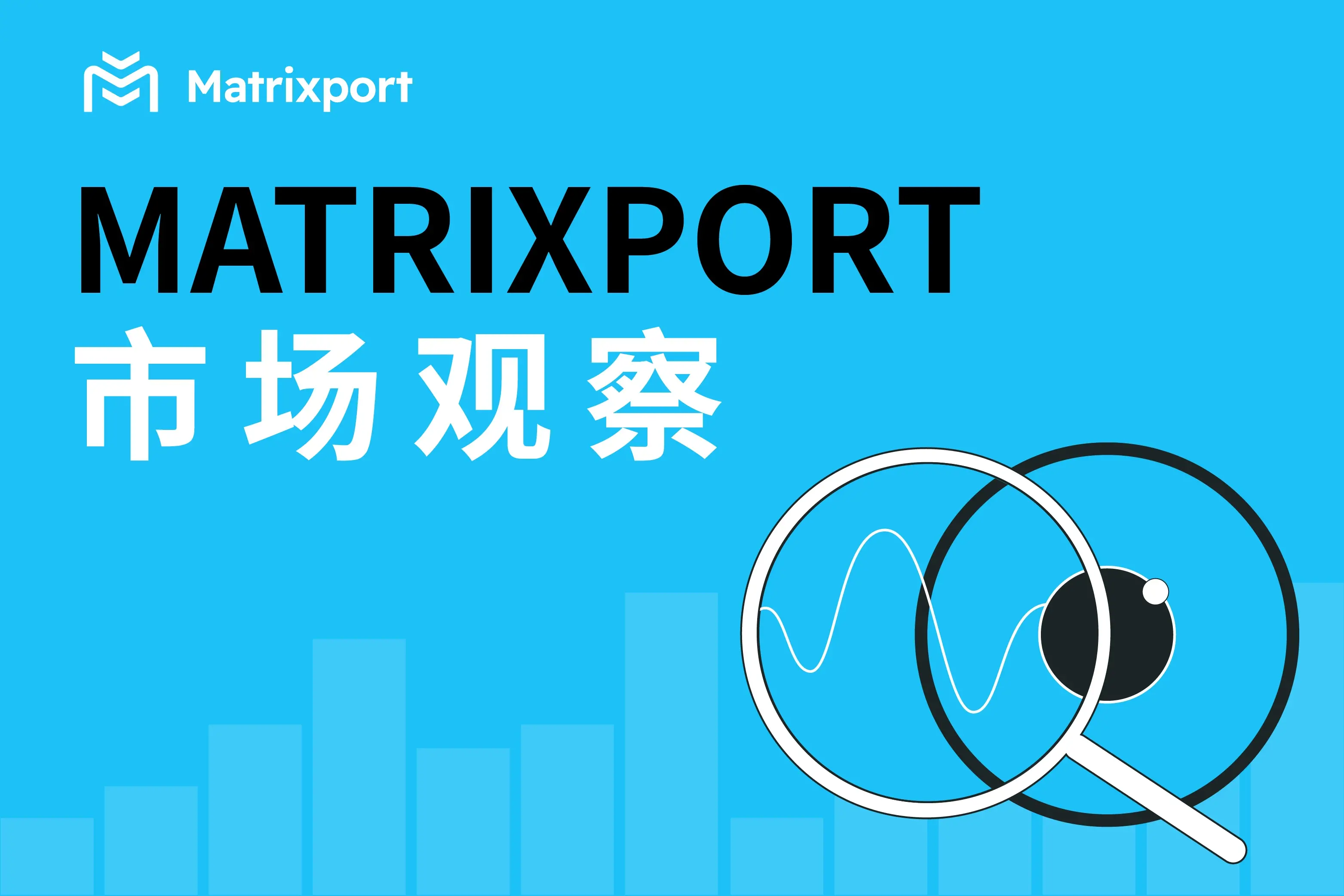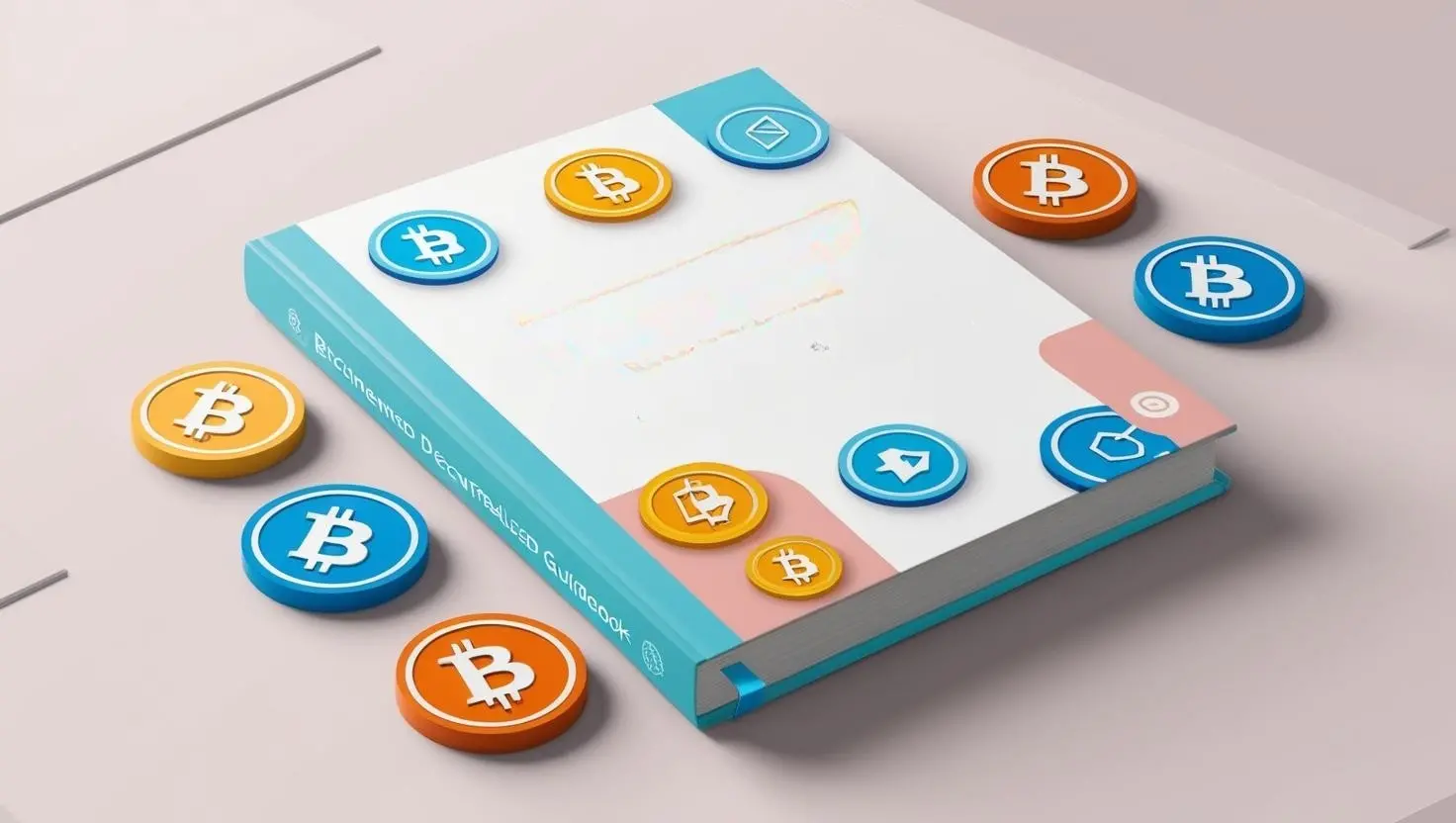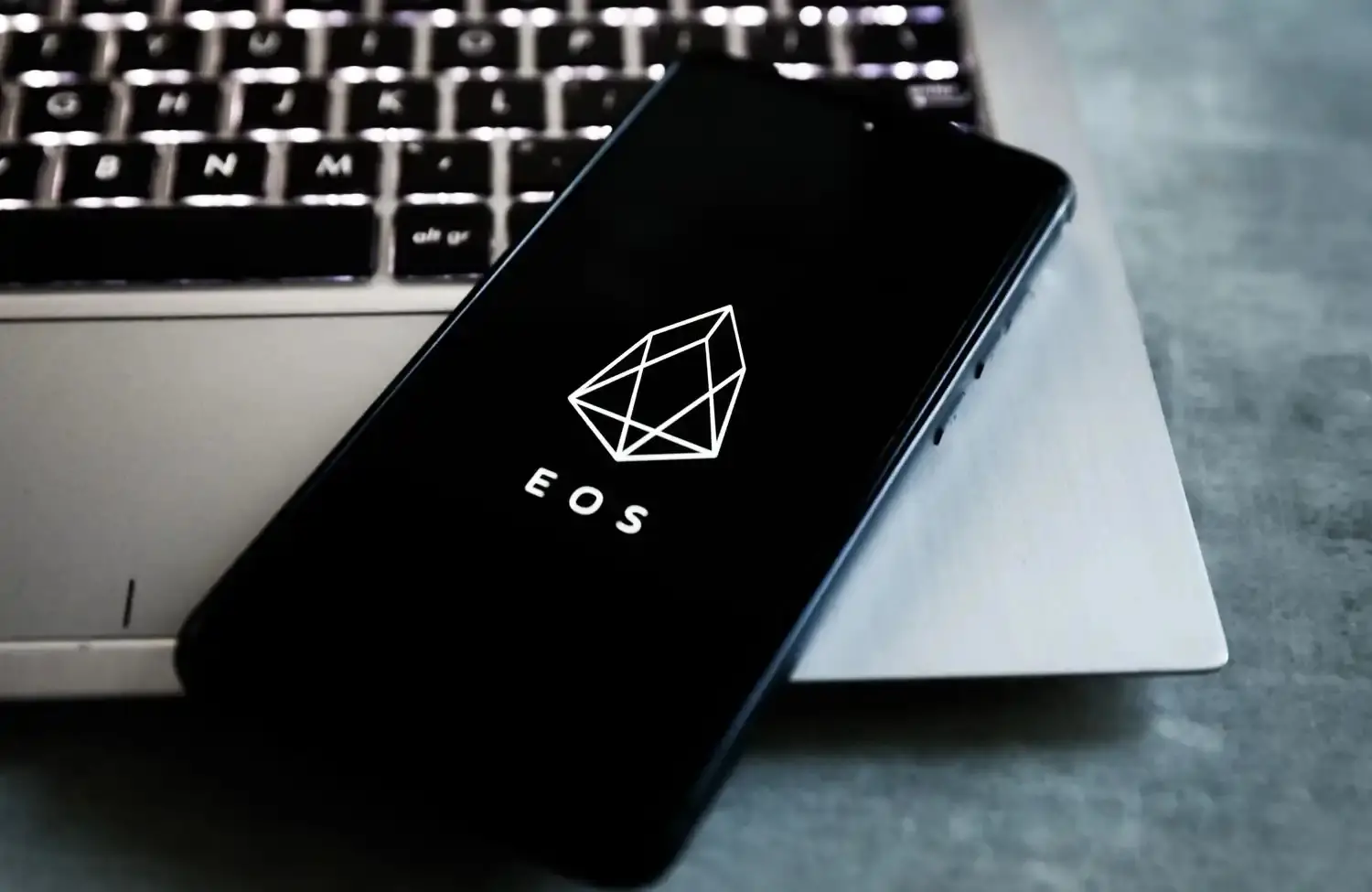Infura launches DIN AVS to bring decentralized RPC and API marketplace to EigenLayer
Quick Take DIN’s EigenLayer AVS aims to bring economic security and decentralization to a traditionally centralized RPC segment. The AVS launch enables permissionless participation from node operators, watchers, and restakers, backed by stETH.

Decentralized Infrastructure Network (DIN), built by the team behind Infura at Consensys, is launching an Autonomous Verifiable Service (AVS) mainnet on EigenLayer, designed to bring economic security and decentralization to a segment long dominated by a handful of centralized remote procedure call (RPC) providers.
The move aims to tackle concentrated RPC infrastructure — the method that wallets, dapps, and platforms use to talk to a blockchain node — which currently funnels 70% to 80% of traffic through a few centralized providers, Infura said in a statement shared with The Block.
EigenLayer enables users to re-stake ETH, including through liquid staking tokens like stETH, to secure third-party applications called AVSs. DIN's AVS represents one of the first large-scale applications of EigenLayer's modular restaking model, with the network structured to scale through participation from hundreds of operators and future onchain incentive mechanisms, according to the team.
"We set out to build a protocol that would finally align incentives across the infrastructure layer of Web3. With EigenLayer, we were able to deliver on that vision by building on a proven restaking standard backed by the strongest asset in crypto: restaked ETH," E.G. Galano, co-founder of Infura, an RPC provider developed by Consensys, said. "DIN's Eigen AVS turns infrastructure into an open marketplace, where reliability and performance are directly rewarded."
DIN, already integrated into MetaMask, Ethereum Layer 2 Linea, and Infura, routes more than 13 billion monthly requests across Ethereum, multiple Layer 2s, and over 20 alternative Layer 1 networks, according to the team. Under the AVS model, node providers earn rewards for uptime and accurate data, and can be slashed over time for downtime or incorrect responses.
"DIN launching on EigenLayer is a major step for crypto infrastructure, because it brings real economic consequences to a part of the stack that's been too easy to overlook," Eigen Labs founder and CEO Sreeram Kannan said. "For years, developers relied on a few centralized RPC providers and had to hope they wouldn't fail."
RPC centralization risk
The Infura team argues that reliance on centralized RPC providers poses systemic risk, as outages can cascade across wallets, dapps, bridges, and DeFi protocols. DIN aims to mitigate this through a decentralized supply of RPC nodes validated by independent watchers and secured by stETH restaking, with ETH and EIGEN support to follow.
Key features include permissionless onboarding for RPC node providers, watchers, and restakers, independent performance verification, and an architecture that lets restakers choose which networks to secure. Infura claimed incentivized testnets recorded a greater than 99% success rate and median latency of under 250ms while serving over 7 billion monthly requests during pilot phases.
Founding node operators, including EverStake, Liquify, NodeFleet, Validation Cloud, and CompareNodes, are already contributing to the AVS mainnet. The DIN team said it has also completed two independent audits, and additional partners supporting the rollout include 0xFury, AltLayer, BlockPi, Chainstack, Compare Nodes, InfStones, Nodies, Northwest Nodes, Rivet, and Simply Staking.
Last month, Axios reported that Consensys had engaged JPMorgan and Goldman Sachs to assist it with an initial public offering in the U.S., following in the footsteps of other crypto-related firms like Circle, Gemini, and Bullish.
Disclaimer: The content of this article solely reflects the author's opinion and does not represent the platform in any capacity. This article is not intended to serve as a reference for making investment decisions.
You may also like
The "Bankruptcy" of Metcalfe's Law: Why Are Cryptocurrencies Overvalued?
Currently, the pricing of crypto assets is largely based on network effects that have yet to materialize, with valuations clearly outpacing actual usage, retention, and fee capture capabilities.

Need Funding, Need Users, Need Retention: A Growth Guide for Crypto Projects in 2026
When content becomes saturated, incentives become more expensive, and channels become fragmented, where lies the key to growth?

EOS faces renewed turmoil as the community accuses the Foundation of running away with the funds
The collapse of Vaulta is not only a tragedy for EOS, but also a reflection of the shattered ideals of Web3.

Exclusive: Revealing the Exchange’s New User Acquisition Strategy—$50 for Each New User
Crypto advertising has evolved from being barely noticeable to becoming pervasive everywhere.

